Kuala Lumpur
Malaysia’s capital city is my favourite city in Southeast Asia – it’s a perfect blend of Singaporean know-how and Bangkokian friendliness, infused with Islamic sensibilities and tempered with a dash of Persian Gulf-freewheeling extravagance. I visited Kuala Lumpur for a week in 2011.
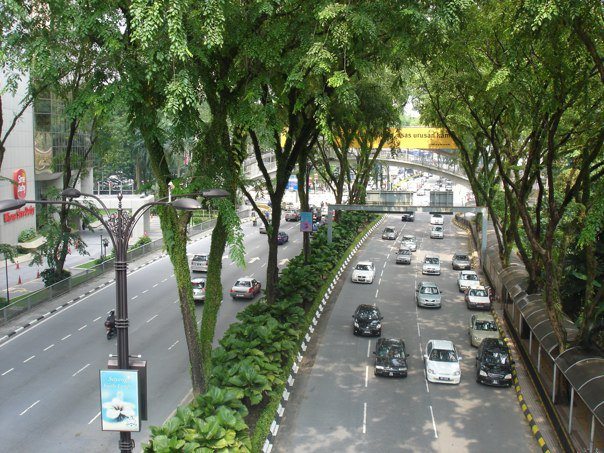
Green KL
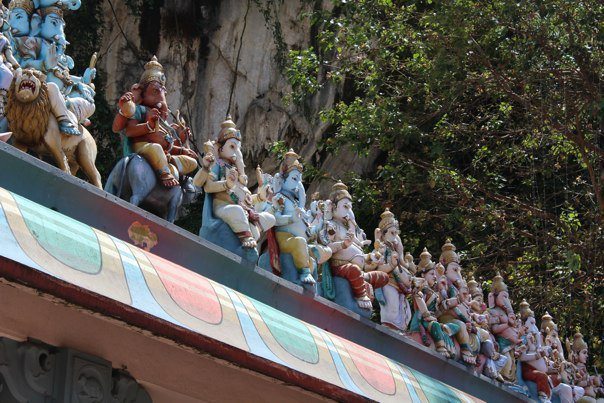
Hindu idols at the Batu Caves
Malaysia is a nation split in half. Half of it is known as “Peninsula Malaysia”, while the other half is known as “Malaysian Borneo”, as it takes up the northern coast of that island. Malaysian Borneo completely surrounds Brunei, while Kuala Lumpur (or KL, as it’s commonly known) is on the peninsula. Malaysia promotes itself as “truly Asia” – a tourism slogan that is appropriate, when you consider the mix of cultures that call it home. Malaysia is home to around 61% Malays (largely Muslims), 23% Chinese (Buddhist, Confucian and Taoist), 7% Indians (Hindus, Sikhs, Muslims and Christians) and 9% others (many Arabs and Westerners). Looking at those figures, it’s fair to say that Malaysia is like a microcosm of Asia – Kuala Lumpur feels like a forum for all of Asia’s cultures and religions.
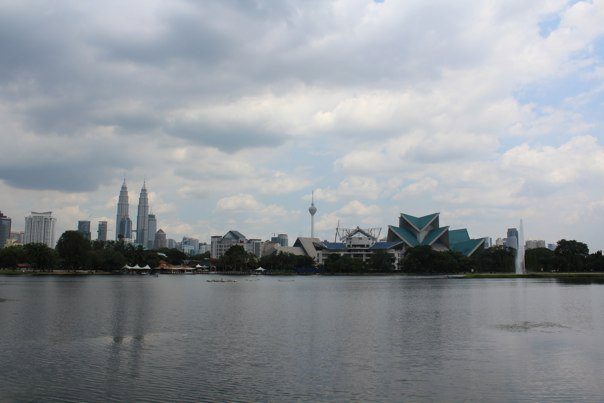
Kuala Lumpur seen from across Lake Titiwangsa
On my first morning in KL I slept in until 1pm before heading out to catch up on some emails and get my bearings. Downtown KL is difficult to describe. It’s modern but old at the same time – ramshackle houses and dirty canals are dwarfed by ultra-modern skyscrapers. Overdevelopment is rife, the city is sliced up by motorways, scaffolding and elevated railways. For all that, it’s remarkably green; monorails zip through palm and banyan trees which barely move in the humid stillness.
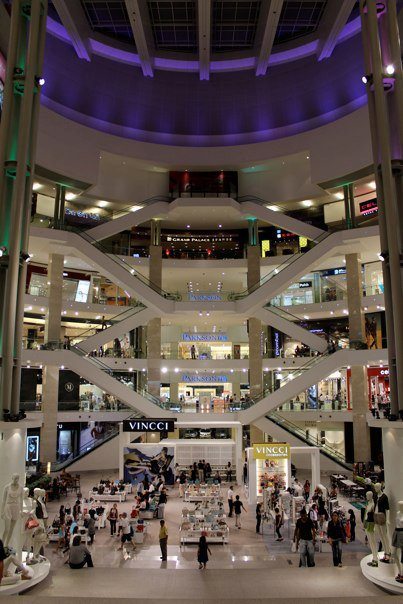
Pavilion Mall Kuala Lumpur
Smog, haze and that tropical mist which just seems to hang blanket the city, meaning mornings are sunny but gradually haze over before huge banks of thunderstorms build up. Just when you think it couldn’t get any hotter or stickier, storms drench the city nightly. We were in one of KL’s mammoth shopping centres – Pavilion – on the first night when the heavens opened up. We were planning on heading to another mall but were stopped at the entrance with throngs of other shoppers. The rain wasn’t the type to make a dash through – it was simply an impenetrable wall of water. After about 20 minutes it began to subside, and street vendors started shoving umbrellas in people’s faces – capitalising on their opportunity. The shopping centres are open until 11pm, the prices are cheap, the variety unparalleled and the service friendly. A ridiculously cheap dinner yielded American-sized portions. We could see how people love this place.
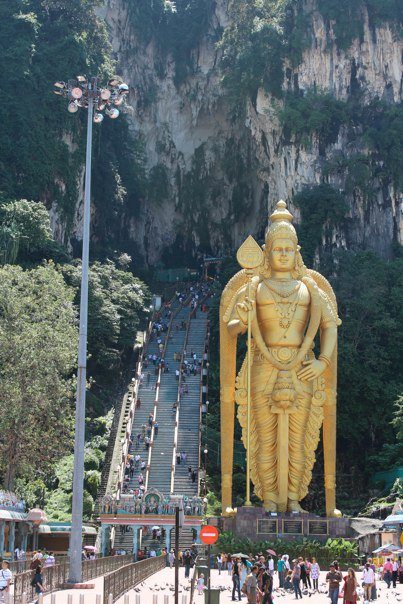
The entrance to the Batu Caves
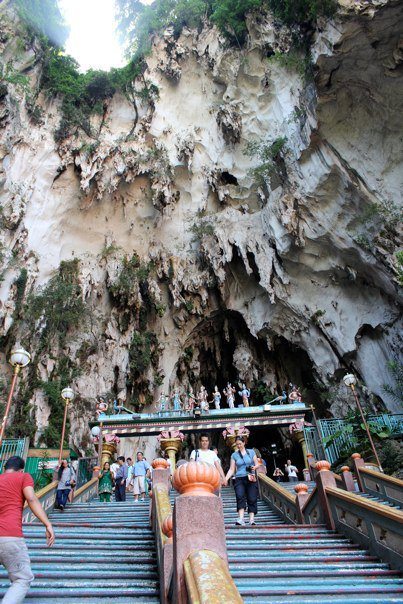
Entrance to the Batu Caves
Tuesday morning I headed way out north of the city to the Batu Caves. These high roofed caves are home to Malaysia’s largest and most important Hindu temple, and it makes for a fascinating tourist destination. I caught the train to the end of the line where it dropped me just two minutes walk from the entrance to the caves. Ponds, fountains and temples have been built at the base of a huge rocky outcrop which thrusts skywards from the surrounding plains. I ascended the 272 steep steps to the cave, which is formed about half way up the monolith. On the way up, monkeys do their best to steal any loose articles from pilgrims or tourists, while playing on the handrails and ropes between lampposts. (Monkeys are my new nemesis of the animal kingdom – they’ve just overtaken swans). Hot and sweaty, I reached the top and stared into the dark cavern before me. Inside, bats swooped from jagged stalactites and lanterns burned as devotees bowed their heads in prayer. On the far side of the cave was another opening, and more steps which led up to a pit in the centre of the mountain. Climbing these, the suns rays hit the colourful deities of the furthest temple (along with my slowly burning neck). It was an evocative environment where vines from the top of the mountain cascaded down, cutting through the haze of incense and candles.
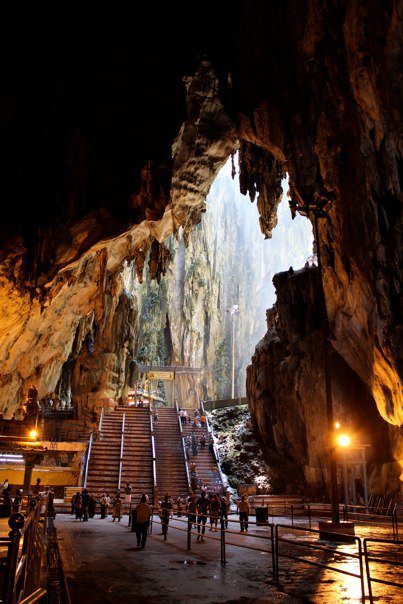
Batu Caves
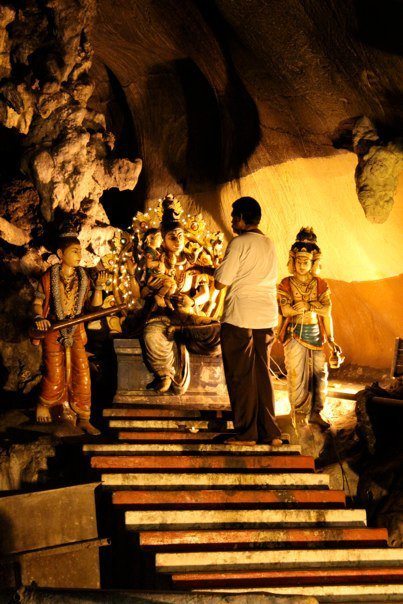
Praying at the Batu Caves
I negotiated the train system back towards the centre of Kuala Lumpur. KL’s transit system includes about four different railway lines, operated by four different companies, buses, and a monorail system, also different companies. The companies who operate these systems built them and work independent of each other, meaning that none of them are integrated – new tickets are required on each train line, and if two lines intersect, two completely separate stations have been built and you have to make your way between them on foot. It’s every bit the nightmare it sounds. The only place it all comes together is KL Sentral (Central), a useful but badly located interchange in the city’s south. It’s something approaching a Little Persia, with many Iranian tourists around, taking advantage of the Malaysian government’s relative leniency with visas. There were lots of Iranians at Batu Caves as well, many of them in traditional Indian attire and donning henna and bindis; in fact Hinduism is the fastest growing religion in Iran today. Before making it back into the centre, I stopped at the hysterically named Lake Titiwangsa for a skyline shot and a late lunch in the park, before narrowly avoiding another downpour.
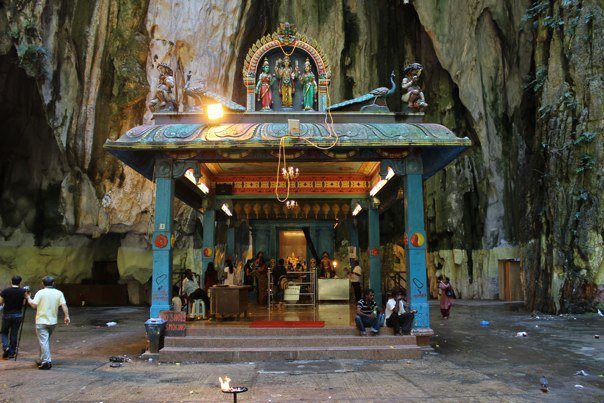
Hindu shrine in the Batu Caves
Essential Stats
Culture shock: 5/10
Language difficulty: 6/10
Quality of food: 9/10
Cost: 6/10
Physical demand: 5/10 – Kuala Lumpur is not an ‘active’ destination, but issues such as the transport network, and attractions like the Batu Caves definitely require a bit of energy.
Advice and warnings
Kuala Lumpur is a remarkably safe city. Keep a close eye on your valuables, be aware of pickpockets, especially in crowded places and use common sense, and you should be fine! Remember that although Malaysia is fairly liberal by Asian standards, it’s still a Muslim country and you should take care not to offend.
Check Smart Traveller or the British Foreign Office for more comprehensive warnings.
Visas
Australians may enter Malaysia with a visit permit on arrival valid for stays of up to 90 days. Pakistanis must apply for a visa at the Malaysian High Commission in Islamabad – the process takes around a week and costs PKR 1,450 – the process is much easier if you use a travel agent. Indians can apply through the VFS Global service – the visa costs INR 1,000 and takes around a week to process.
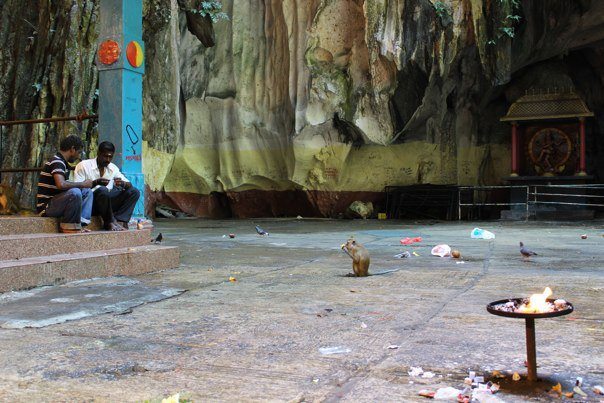
A monkey waits for a feed at the Batu Caves
Getting there and around
From Melbourne, Sydney and Chennai, Malaysia Airlines flies to Kuala Lumpur directly.
Melbourne (from $724 return)
Sydney (from $739 return)
Chennai (from INR 23,459 return)
From Lahore, Pakistan International flies from Lahore to Kuala Lumpur via Karachi, while the return flight operates directly. Tickets start from PKR 63,988.
Accommodation
We stayed at the luxurious Sheraton Imperial Kuala Lumpur, and then later had a couple of nights at the Le Meridien Kuala Lumpur Sentral, also very lovely! If you’re looking for something a bit easier on the wallet, there are plenty of great budget and economy options available through HostelWorld.com.
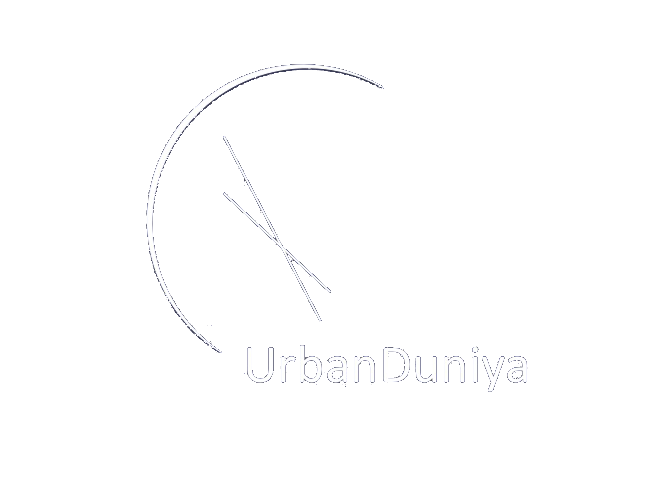
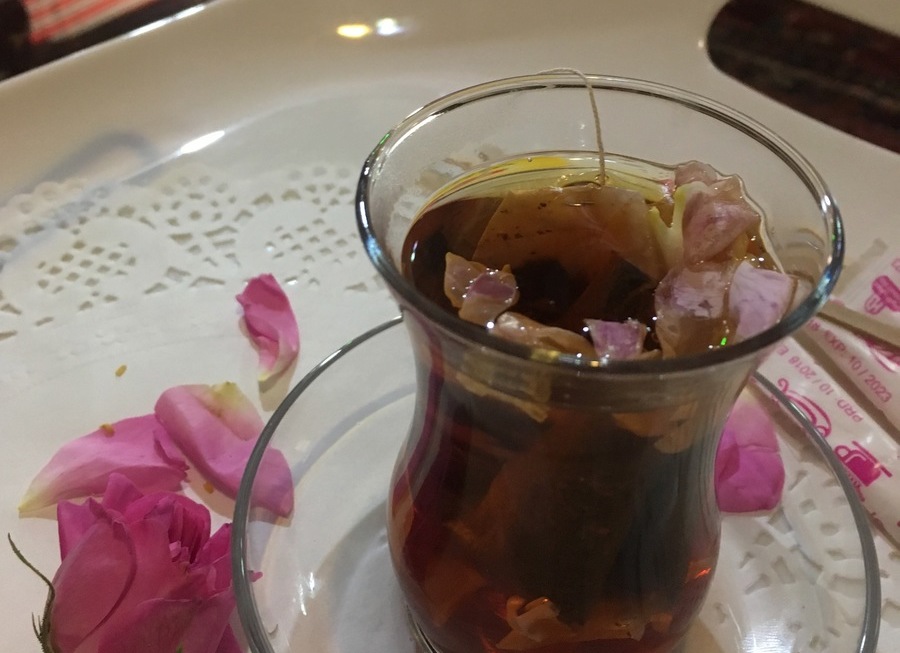


0 Comments